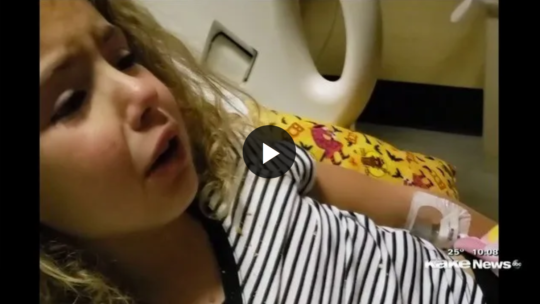Infections, inflammation, and risk of neuropsychiatric disorders: the neglected role of “co-infection
AmirAbdoli, AliTaghipour, MajidPirestani, Mirza AliMofazzal Jahromi, AbazarRoustazadeh, HamedMir, Hoda MirzaianArdakani, AzraKenarkoohi, ShahabFalahi, MahdiKarimi. Infections, inflammation, and risk of neuropsychiatric disorders: the neglected role of “co-infection. Heliyon Vol 6, Issue 12, Dec 2020, e05645. DOI: 10.1016/j.heliyon.2020.e05645
Abstract: Neuropsychiatric disorders (NPDs) have multiple etiological factors, mainly genetic background, environmental conditions and immunological factors. The host immune responses play a pivotal role in various physiological and pathophysiological process. In NPDs, inflammatory immune responses have shown to be involved in diseases severity and treatment outcome. Inflammatory cytokines and chemokines are involved in various neurobiological pathways, such as GABAergic signaling and neurotransmitter synthesis. Infectious agents are among the major amplifier of inflammatory reactions, hence, have an indirect role in the pathogenesis of NPDs. As such, some infections directly affect the central nervous system (CNS) and alter the genes that involved in neurobiological pathways and NPDs. Interestingly, the most of infectious agents that involved in NPDs (e.g., Toxoplasma gondii, cytomegalovirus and herpes simplex virus) is latent (asymptomatic) and co-or-multiple infection of them are common. Nonetheless, the role of co-or-multiple infection in the pathogenesis of NPDs has not deeply investigated. Evidences indicate that co-or-multiple infection synergically augment the level of inflammatory reactions and have more severe outcomes than single infection. Hence, it is plausible that co-or-multiple infections can increase the risk and/or pathogenesis of NPDs. Further understanding about the role of co-or-multiple infections can offer new insights about the etiology, treatment and prevention of NPDs. Likewise, therapy based on anti-infective and anti-inflammatory agents could be a promising therapeutic option as an adjuvant for treatment of NPDs.








